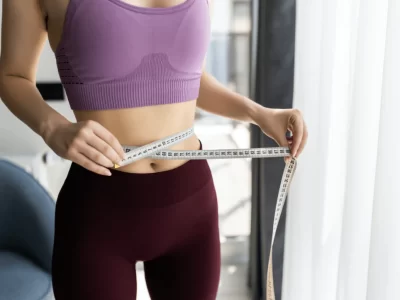The coronavirus pandemic has put pressure on many industries. The UN recently reported that the world is facing a potential shortage of 1 billion syringes. The desire to vaccinate as many people as possible has placed new, unexpected demands on the industry.
If you work in the procurement of medical or laboratory equipment, you know how important syringes are to keep your business running. But what are the types of syringes that exist today?
Let’s take a closer look, so you know exactly what you need.
The Main Types of Syringes in Use Today
Syringes can be made of either glass or plastic. Glass syringes are reusable and must be sterilized between uses. They are easily breakable and can be susceptible to deposits building up in them.
They can come ready, filled with medication, or empty with a vial of medication.
Plastic syringes are usually designed for single use only. They are highly convenient. They also greatly reduce the risk of contamination from blood-borne pathogens.
Anatomy of a Syringe
There are three basic parts to a syringe – the barrel, the plunger, and the tip. There are three basic size ranges, with different applications:
- 20ml to 70ml – irrigation syringes
- 10ml to 12ml – tubing syringes, for catheters, central lines, and medical tubing
- Smaller sizes – for intramuscular and subcutaneous injections
Scientific Applications
Syringes and syringe filters are also laboratory essentials for scientific research. Chromtech.com features a range of syringe filters to remove particulates from samples before injecting them onto an HPLC.
Types of Syringe Tips
There are four main types of tips used in medical syringes. They all have different applications, and it’s important to choose the correct tip for the job.
Luer Lock Tip
Luer lock tips have a threaded tip. This makes it easy to attach the tip and ensure a secure attachment. These tips are hard to dislodge. The user can hear and see when the tip is securely connected.
Luer Slip Tip
Rather than screwing the tip on, the tip is pushed onto the needle. They are quick to fit. However, they are not suitable for high-pressure applications as the joint can burst.
Eccentric Tip
This tip is called eccentric because the tip is off-center. It is ideal when you need to inject into a surface vein or artery.
Catheter Tip
A catheter tip has a tapered end and is used for irrigating wounds, and flushing lines. The tapered tip makes it easy to slip in and out of catheters.
Getting the Best Syringes for Your Needs
There are many types of syringes available today, and the best syringes are those that meet your particular needs. It’s usually best to choose plastic, disposable syringes to reduce the risk of infections. Always check with a medical professional so that you order the correct type of syringe for the job.
Have you enjoyed this article? We’ve got lots more helpful, informative blogs ready and waiting for you to enjoy. Head over to our Health section for more great hints and tips today!












Comments